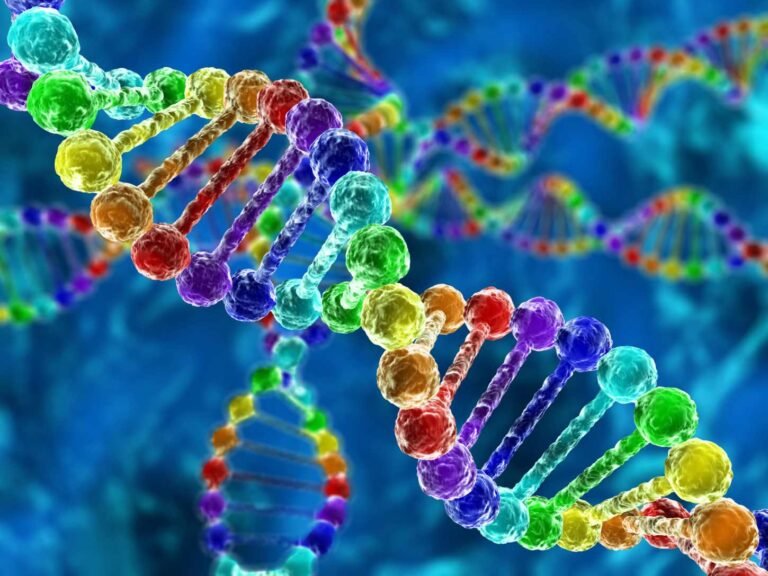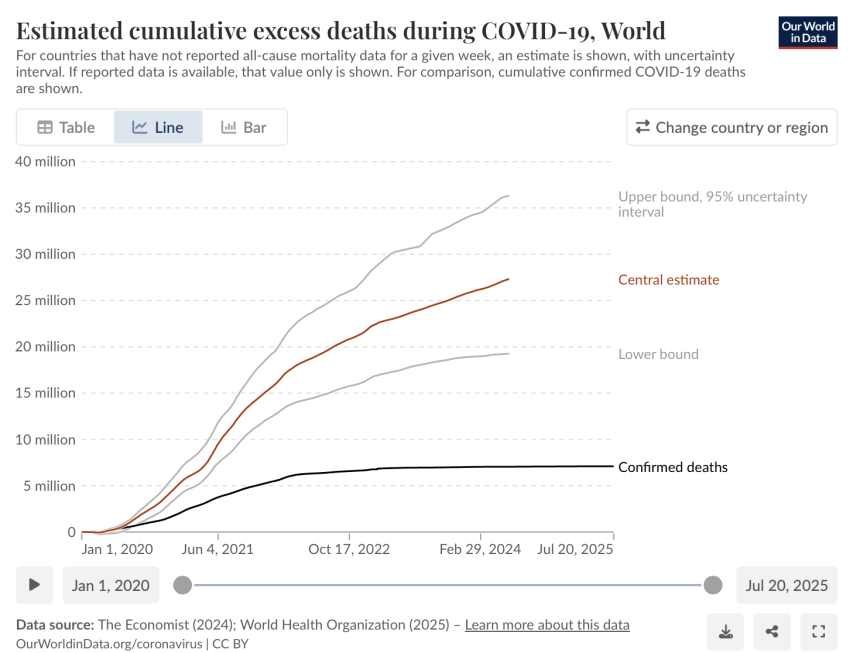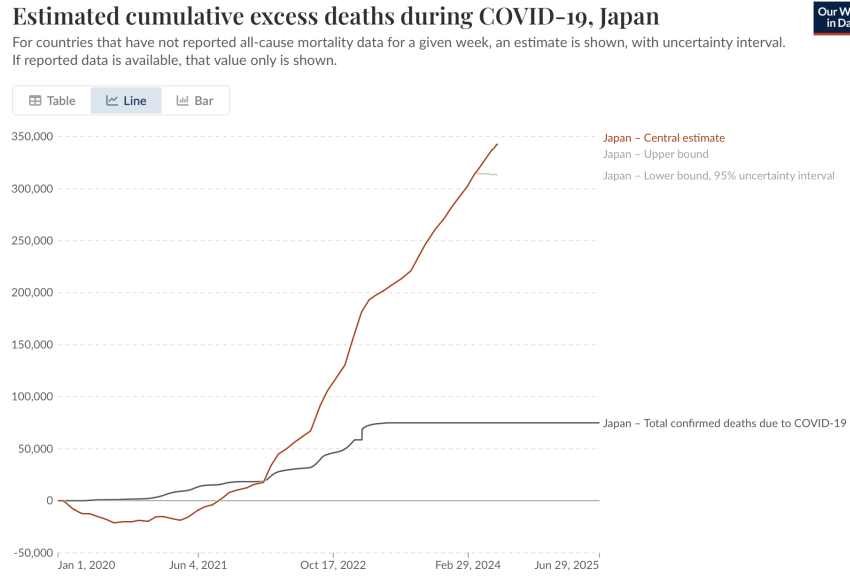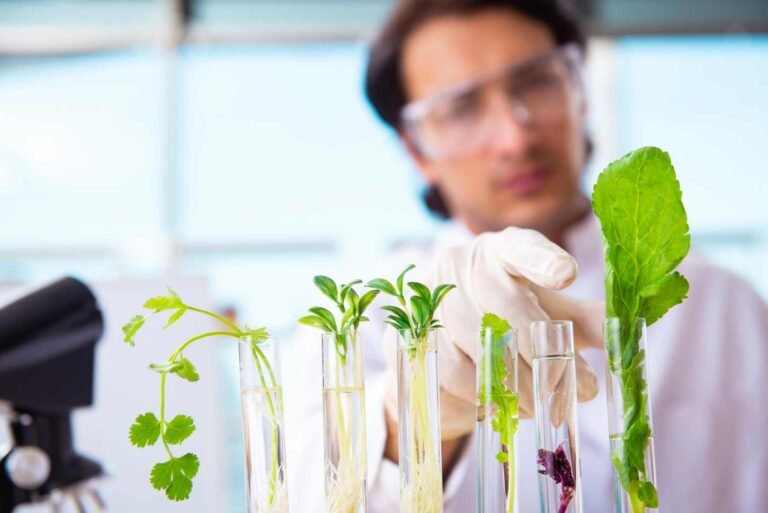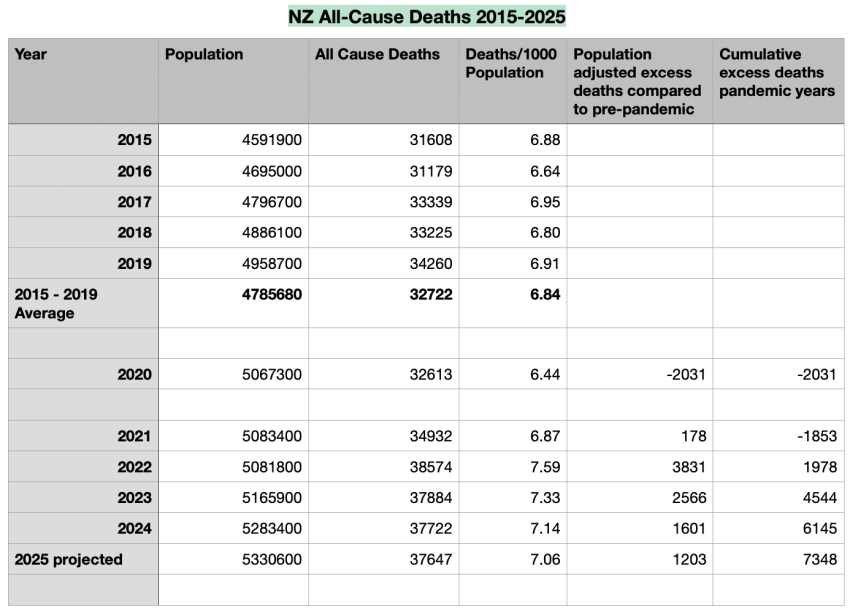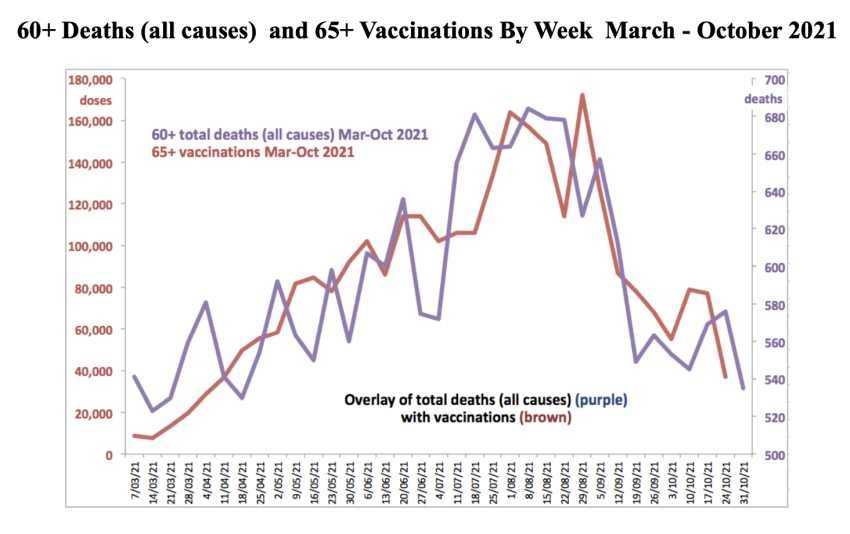Whole foods are disappearing in favour of biosynthetic GM ingredients
Modern medicine has evolved a concept of the ‘active ingredient’. The phrase refers to a specific chemical or molecular constituent of a medicine that is considered to have a therapeutic effect. Originally, most common medicines were prepared using whole plants. In the modern era, the idea that it wasn’t so much the plant as a single molecule in the plant that was providing the benefit. This led to procedures to separate out all the constituents and then isolate the active ingredient which could be used on its own. Soon these so-called active ingredients were chemically synthesised. More recently, biotechnology has developed batch fermentation processes which rely on genetically engineered microbes to mass produce such additives or medicines.
Traditional Ayurveda, the ancient health science of India and other herbal traditions recognise an important principle—all the constituents of whole plants taken together have synergistic healing effects. Different herbal preparation methods such as drying, decoction or fermentation do not chemically separate out the parts, rather they make the properties of the whole plant accessible to the physiology.
A good gardener becomes aware that we have a subtle relationship with plants. Many of you may have felt signals of thirst, distress or well being emanating from specific plants and responded accordingly. Renowned physicist Sir Jagadish Chandra Bose conducted groundbreaking research into the sensitivity of plants, demonstrating their ability to respond to stimuli through electrical signals and movement. He invented delicate instruments, like the crescograph, to measure these physiological responses, proving that plants possess fundamental mechanisms similar to animals, such as a form of a nervous system and the ability to learn. After more than 100 years, his contribution to plant neurobiology is now being revived and discussed in the light of our modern knowledge of genetics. Plant structures depend on DNA just as our body does. A plant is a whole living entity that is more than the sum of its parts. Its full holistic capacity to heal is contained in the whole plant. This is the source of the healing property of a diet rich in fruits and vegetables which studies show improves health and longevity.
The separation of a single active ingredient from plants actually degrades some of the healing capacity of the plant. Unfortunately this concept of active ingredients is spreading into the food chain. Commonly processed foods are being sold with added ingredients such as vitamins, proteins, etc. which are advertised as magic health bullets. Whereas in many cases a whole food diet unadulterated may be far more healthy and accessible to digestion. This is especially true when we consider that modern food production methods are using biotechnology which introduces increased risks of unhealthy genetic contamination in the final product.
The future of chocolate
An article published in Nature on August 18th entitled “A defined microbial community reproduces attributes of fine flavour chocolate fermentation” illustrates something disturbing about the biotechnology industry. The early biotech industry began its existence reliant on grants and investment, gradually it has discovered ways to make a profit. To do so it has had to bioengineer products that replace things people use everyday. Nothing fits this bill better than our food. As we reported in our article “Major Health Alert: the Extraordinary Genetically Modified Invasion of Our Supermarkets by Stealth“, by now the great biotech food takeover is in full swing, but you wouldn’t know it even if you read the labels (very few do).
Chocolate is big business. The Wall Street Journal Reports “Chocolate, like sourdough or yogurt, begins with fermentation. Farmers stash cocoa beans scooped out of ripe cocoa pods in wooden boxes outdoors, cover them with leaves and leave them alone for a week. Fermentation is kicked off by bacteria and yeasts that live in the boxes or the soil.” This is an entirely natural traditional process.
A group of investigators from the University of Nottingham travelled to Columbia where some of the world’s finest tasting chocolate is made and collected samples of the hundreds of microbial bacteria and fungi present in the natural fermentation process. They zeroed in on just nine microbial species some of whose genetic characteristics they were able to reverse engineer in the lab. When these standardised synthesised microbial genetic sequences were used to treat cocoa beans in a lab fermentation process, they produced a taste similar to that detected in naturally fermented chocolate.
Their conclusion “Our results provide the basis for the design of fermentation starters to robustly reproduce fine chocolate characteristics.” Translated into everyday language, the researchers believe they can take over large segments of the chocolate industry and make a lot of money. Despite the similar taste, the net effect will be to drastically reduce the microbial diversity of natural processing and probably the nutritional profile of the final product. One thing is certain, under current labelling regulations the consumer will not be told of the switch from field to lab when it happens.
As we reported recently in our article “What are they actually putting in our food? Genetic modification in the low fat food marketing megabusiness” this is just one of many changes to chocolate production that are happening right now. For example chocolate-free ‘chocolate tasting’ drinks, powders, desserts and confectionery are being sold in New Zealand and elsewhere around the world as healthy caffeine-free alternatives to the real thing. So what are they made from and how are they made?
For example, fava beans (more commonly known as broad beans) are subjected to a proprietary biotech fermentation process which breaks down the vicilin found in broad beans into peptides which are then roasted, ground into a powder which is mixed with vegetable fats (aka processed oils), sugar and lecithin to produce a chocolate flavour. The resulting product is marketed in some countries as more healthy and suitable for vegans (watch out vegans). As we have previously reported in our article “What Kiwis Need to Do to Avoid the GMOs Invading Our Supermarkets“, the problem with this claim is recently published research which has detected the presence of unhealthy residual genetically-active contamination of bioengineered fermentation processes. Processes similar to those which are used to make some of the fava bean faux chocolate ingredients. Which leaves the consumer with some important unanswered questions.
The socialisation of unhealthy food
You probably noticed the use of the word proprietary with reference to bioengineered fermentation processes—they are patented, locking in royalties and profits for their inventors. The fact that they are described as standardised is used as a marketing tool to falsely reassure the public of their supposed superior safety, taste and nutritional value.
Once a bioengineered food processing agent or ingredient is developed, its appeal to processed food manufacturers is obvious, It is invariably cheaper in bulk so can be utilised on an industrial scale. Moreover under current regulations, and those even looser definitions proposed under the Gene Technology Bill, ubiquitous bioengineered ingredients and processing aids can be labelled as ‘natural’ and ‘healthy’, or even left off the list of ingredients altogether. Thus headline food packaging claims like “contains no artificial ingredients” have become not just entirely meaningless, but also deceptive.
The immorality involved should be obvious, primarily the object is to capture profit and cement monopoly, despite the fact it is denying the public information, choice, and safety. In this way, giant food processing corporations are seeking to capture broad markets, launching distinct product ranges aimed at different market sectors appealing to different consumer preferences. Some brands may emphasise price, value or taste, whereas others may advertise added content of supposedly nutritional micro-ingredients with health benefits. Whereas the underlying reality of almost all the products is an increasing number of bioengineered ingredients which differ in small but significant ways from their actual natural composition and involve unhealthy residual trace genetic contamination which is not being disclosed to the public.
Socialisation is a process which makes unhealthy choices, false claims and real harms to public health acceptable and even preferable. The carefully crafted image of global trusted brands like Kelloggs, Anchor, Sanitarium, Heinz, Watties, Goodman Fielder, etc is almost beyond reproach and question for much of the buying public. These processed food empires are trading on their brands and reputation, but the actual content of their products is being irrevocably degraded and changed by the rampant biotech research sector.
The ultimate logic of processed food and medicinal health monopolies is an assumption of control so total that there is hardly any need for the public to know anything meaningful. Misleading advertising jingles and images encapsulate food and health fictions that are broadcast to saturation. Thus we are told traditional Coke tastes great whereas Zero Coke is just as tasty but also the healthy option. Both are depicted being enjoyed with friends, which socialises the acceptability of an unhealthy product whose production methods are kept a trade secret. Fortunately, even if labels aim to disguise the real origin of processed products or misdescribe them as ‘natural’ or ‘healthy’, we can bypass the madness by favouring a diet rich in real organic whole foods, such as cereals, fruits, legumes and vegetables unadulterated with additives, preferably prepared at home. I can’t overemphasise enough the need for us as consumers to read the ingredient, Do you know what all of those listed are?
Health fictions brought into common currency by brand socialisation became even more threatening during the pandemic when the creation of health myths became a political and medical agenda. Thus the New Zealand Medical Council has recently told a judge presiding over a case brought by NZDSOS that mRNA vaccines carry ‘zero risk’, despite the preposterous untruth this represents. The Medical Council is apparently secure in the knowledge that they are themselves a trusted socialised brand, albeit in the healthcare sector, to such an extent that they can assert safety in the face of obvious and scientifically acknowledged risks such as myocarditis and not be challenged in law.
If passed, the Gene Technology Bill will permanently enshrine in legislation the false notion that gene edited foods and medicines are inherently safe, a fiction that also excuses those producing and administering them from any liability for adverse effects or even deaths. We have until October 11th to inform and lobby our MPs.
We are now publishing unique in depth articles on substack.com with an international dimension. For example The Long Read: Twenty Reasons to Completely Reject Biotechnology Experimentation. You can sign up there to receive notification to your inbox. These do not duplicate Hatchard Reports. Please help support our work.







